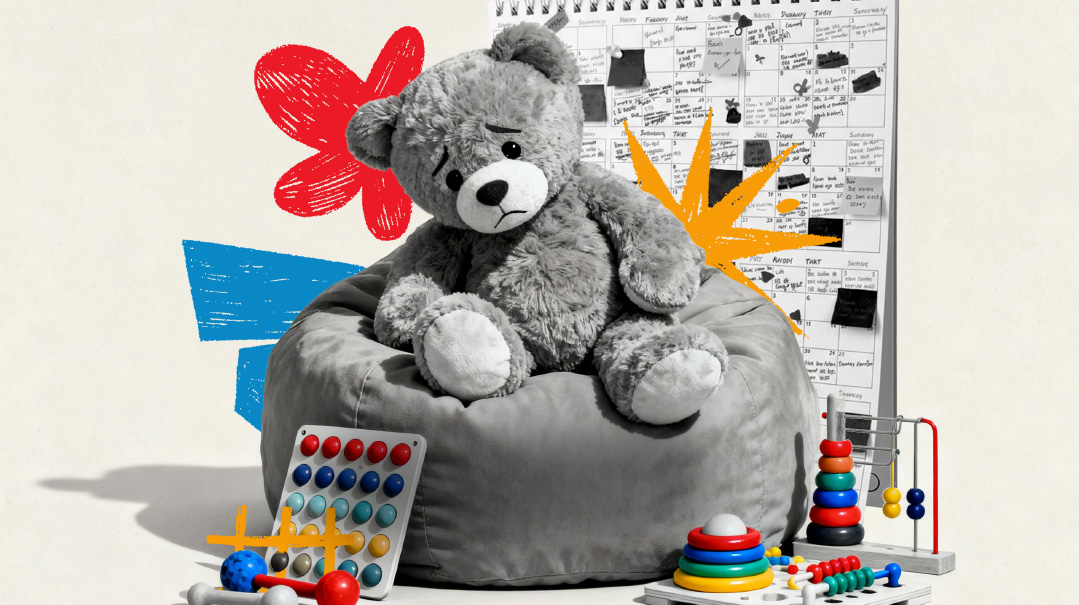For All the World to See
| June 29, 2021“I’m not sure how many clients will be happy to give their names. I mean, it’s a bit of a personal thing, you know, having used a home organizer..."

Rachel: Can’t you stretch a little to help me grow my business?
Shiffy: Do you honestly not understand how demeaning it is to have my vulnerabilities exposed to all your followers?
Rachel
"There’s only one way to make it professionally these days,” my sister-in-law, who works as a senior marketing strategist at some technology firm, told me. “And that’s by marketing, marketing, marketing.”
At first, I wasn’t so sure I agreed. “Of course you’d say that, you’re a marketer,” I told her playfully. “But c’mon, I’m a freelance home organizer working with women from our own community... what’s wrong with the good old word of mouth, and a couple of ads in the phone book? If people need me, they’ll find me.”
Yonina adamantly disagreed. “The world doesn’t work like that, honey,” she said, in that patronizing tone that made her sound like I was three decades younger than her, instead of three years. “You’ve got to tell people they need you. Sure, you’ll have customers who know they need help with keeping their homes organized. But think about how many people don’t even realize they could improve their housekeeping skills! How many people hate the way their closets look but have given up on changing it? How many people know they need help but don’t know where to find it?”
I wished I could argue, but the problem was, I had a niggling feeling she might be right.
“I wish I had heard about you earlier,” a client told me recently. “I’ve been struggling with creating housekeeping systems for years.”
“I posted to my Neshei group for recommendations of a home organizer in the area, but there were so few responses,” another one had said. “I think it was your sister Shira who sent me your name. Are you just starting out?”
I wasn’t. I’d been in the field for almost two years already, but I still only had a paltry handful of clients each month. There was a need for my services, I knew that, but people didn’t seem to know about me.
Finally, I gave in and texted Yonina: Can you recommend me someone to do my marketing/branding? Not too expensive.
She replied instantaneously with a thumbs-up emoji, a few starry-eyed smileys, and a couple of names. I made a few calls and finally hired someone to work with me on recreating my brand and getting my name “out there,” as Yonina liked to say.
It wasn’t cheap. The design, the copy, the website costs... it was a big investment, and I sure hoped I’d see a payoff for all the time and money I was pouring into this. Meanwhile, with only two current clients, I had plenty of time to focus on upping my game in the marketing arena.
“Testimonials,” intoned Dafna, the branding expert I’d hired, one day when we sat down for a strategy meeting. “We need more testimonials. Clients who’ve been happy with your work. Clients whose lives have changed. We need real quotes, feedback, names, and faces.” She looked at me expectantly.
“Um, client testimonials?” I scrolled through my previous clients in my head. Old Mrs. Blum who wanted to reorganize her kitchen to make her things more accessible when her arthritis made reaching the upper cabinets difficult. Was she happy with my work? Probably, but then again, I doubted she even remembered my name. Faiga Horowitz, who was constantly battling laundry loads and mess and toys and needed smooth, easy systems to keep her house running while she juggled a full-time job and large family? I could ask her, but...
“I’m not sure how many clients will be happy to give their names,” I said, hesitantly. “I mean, it’s a bit of a personal thing, you know, having used a home organizer... will people be happy to publicize their names?”
Oops! We could not locate your form.













